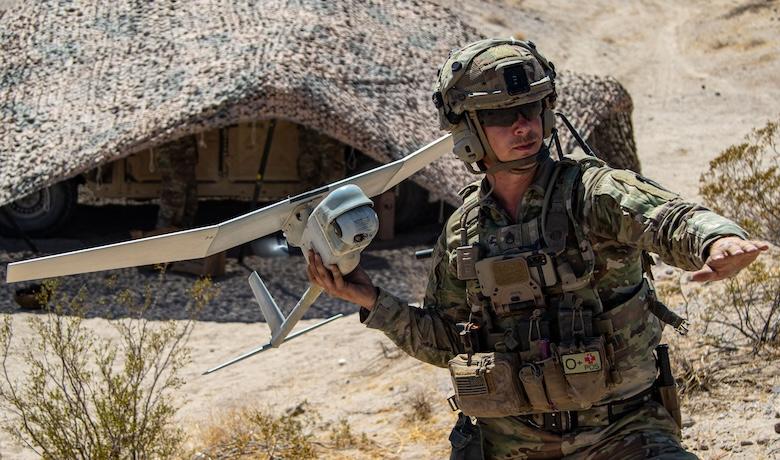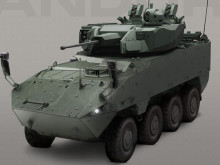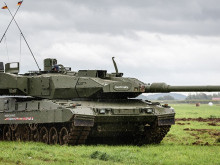The Replicator project as a possible inspiration for Europe
The U.S. Department of Defense has, in recent years, been engaged in Project Replicator, which aims to equip the U.S. armed forces with a large number of technologically advanced manned and unmanned vehicles across all domains. In the context of strengthening European capabilities and capacities, this project can also serve as an inspiration for European militaries.

The U.S. Replicator project is based on the concept of maintaining technological superiority alongside the ability to produce significant numbers of manned and unmanned vehicles. It is a U.S. response to developments in the two-and-a-half-year war in Ukraine, with the first phase seeing thousands of manned and unmanned vehicles deployed by next August. Project Replicator is more focused on Asia and potential armed conflict with the People's Republic of China (PRC). The primary intention is to disperse U.S. forces and assets throughout the region so that, in the event of an armed conflict, there would not be massive losses of expensive, maintenance-intensive equipment such as vessels or multi-role aircraft, which would almost certainly become targets of Chinese missile attacks. These attacks could be guided by the ballistic and cruise missiles the Chinese People's Liberation Army is rapidly introducing into its arsenal, with virtually no external control.
Project Replicator also aims to force the PRC to use costly air and missile defense systems to target relatively inexpensive unmanned vehicles, costing only several thousand to tens of thousands of dollars, in a potential conflict. Another significant benefit of the project is the focus on building a supply chain that is not reliant on components from the PRC.
Although no official information about the project has been released yet, publicly available sources reveal that part of Project Replicator includes the Switchblade 600 standby munition, which has been deployed on the Ukrainian battlefield. Additionally, other types of standby munitions or offensive disposable drones are being experimented with across the U.S. armed forces, such as the Israeli Hero-120, currently integrated onto the U.S. Marine Corps' LAV-25 eight-wheeled armored vehicle. The U.S. Navy is also experimenting with various types of surface unmanned vessels, but it remains unclear whether these are part of Project Replicator.
As previously mentioned, Project Replicator is currently designed primarily for the Indo-Pacific region and potential conflict with the PRC, but European states can also draw valuable lessons from the U.S. armed forces’ approach when considering a potential conflict with Russia.
As the war in Ukraine demonstrates, UAVs have become a crucial part of the armed forces, not only for reconnaissance but also for executing relatively precise strikes, both against live forces and armored vehicles or stationary ground targets. However, it is still debatable whether UAVs are truly transforming the nature of modern warfare. Particularly, the use of single-attack, commercially available FPV UAVs—often shared on social media—can create the impression that these systems are critical to the Ukrainian battlefield or modern battlefields in general.
The core issue lies in the philosophy behind using these unmanned aerial vehicles. Project Replicator is based on what has defined the Alliance throughout much of its history—technological superiority over potential adversaries. The development of UAVs and UGVs similar to those in Project Replicator could make a significant contribution to the future deterrence of Russia as part of a possible European initiative. This is because European militaries would focus on technologically advanced assets that, unlike commercially available systems, would have a clear origin and would not need to be deployed in large numbers, such as to destroy individual vehicles. Additionally, these systems could be used over longer distances, exceeding just a few tens of kilometers.
It would therefore be advisable for Europe to follow the U.S.'s lead in this initiative and urgently start seeking technologically advanced solutions that, unlike the current situation, are not dependent on Chinese companies.





















